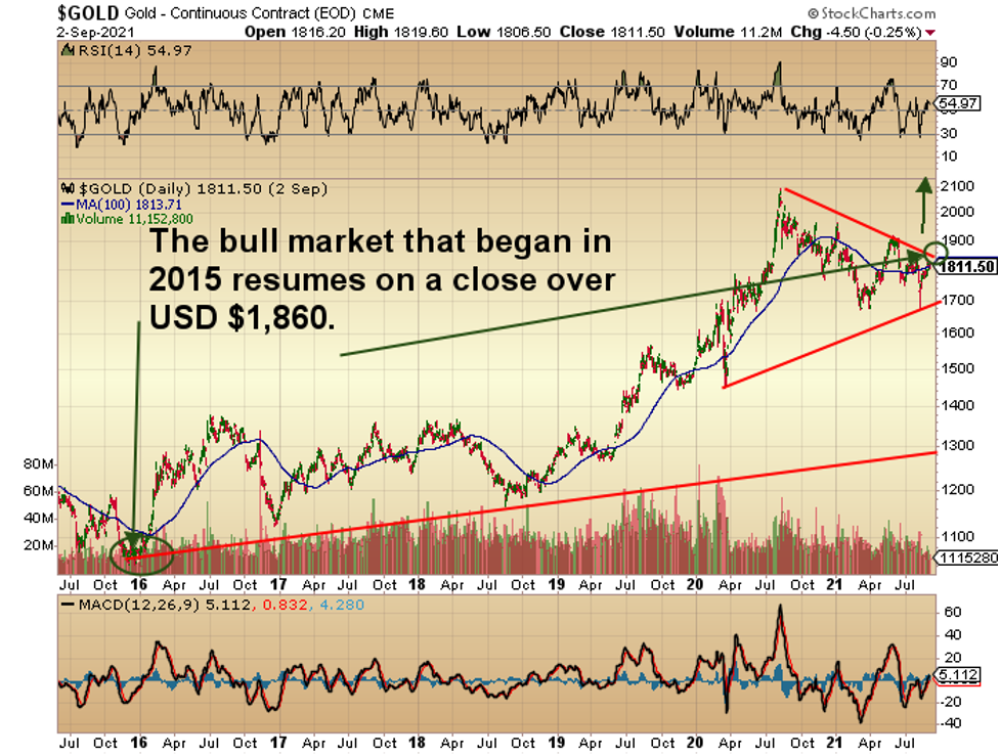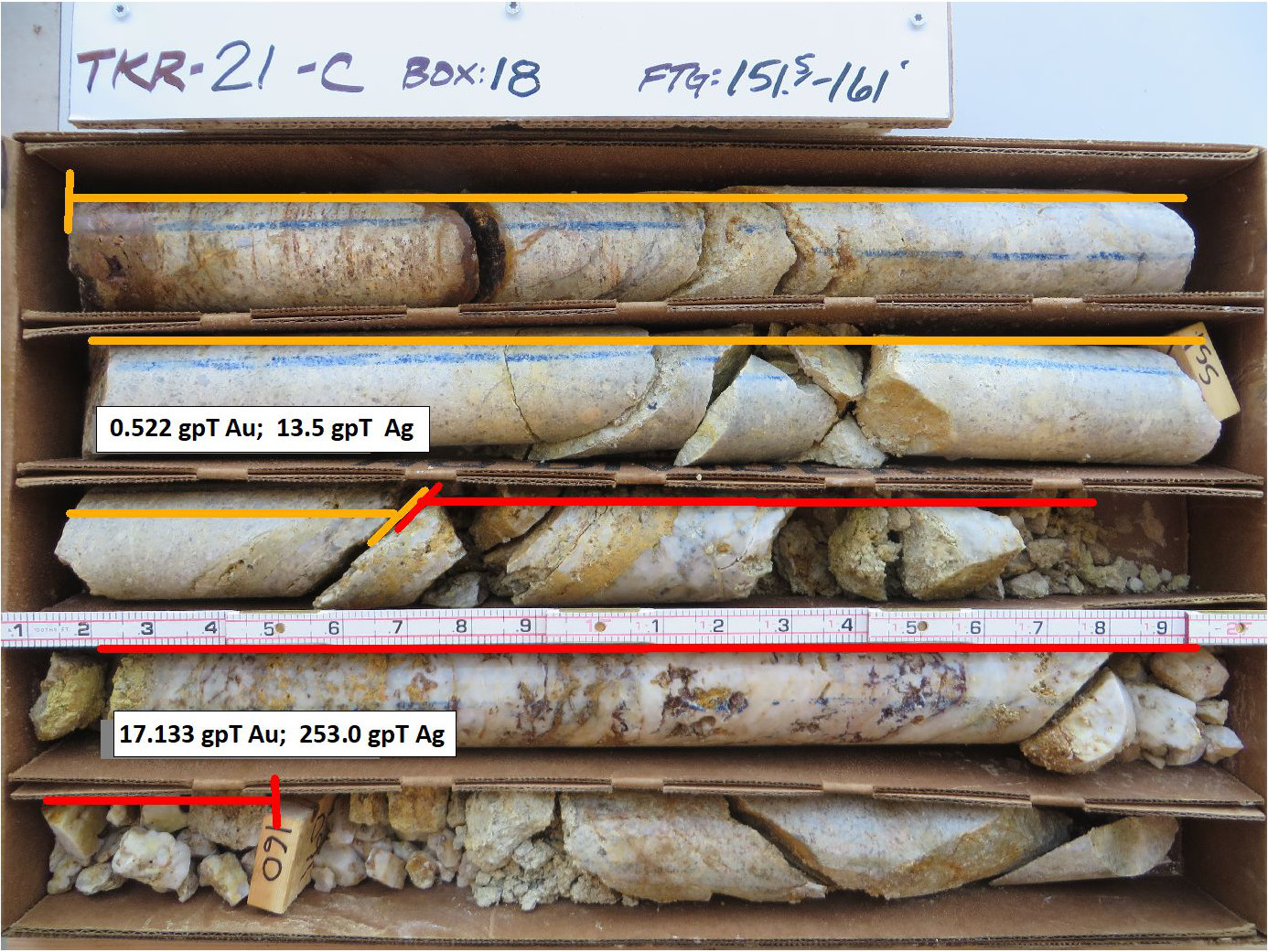As many of you by now know, I love to relate past experiences from my life in an effort to explain not simply what I think but rather why I think, and to a greater degree, how I think about solving problems related to all aspects of my life, where a small fraction relates to money and where the vast majority relates to relationships.
Whenever a person starts to talk about having "relationship issues," the listener will usually assume that the originator is referring to a relationship with a partner with whom they have had (or are having) difficulties, usually after a lengthy period of time together. This often involves marital redefinition or, at the very least, marital dissolution. At the very least, it can also involve the interaction between two (or more) people linked at the hip by a certain swath of commonality — a unifying bond that can be familial (as in siblings) or social (as in friends or acquaintances) or commercial (as in coworkers or colleagues committed to a common task or objective). It is a desperately important and difficult task to be able to grab one's emotions by the throat and command them to "stand down!" while a completely different side wishes to "unleash the dogs!", while the Peeping Tom gardener peers into the master bathroom window as the madam of the house is performing her daily ablutions.
I have a very distinct "love-hate" relationship these days with the financial markets, with particular venom directed at the central banks and the absolutely useless shards of humanity who are actually allowed to stand up in front of us and pontificate as to "policy," which translates into only "intent," which, then again, defaults only into "allegiance," only to fall beneficially into the warm and waiting laps of the bankers, who are ultimately the 2008–2022 equivalent of the Cosa Nostra or the Capone Mafia of the 1920s.
Now, with that as a backdrop, I placed a picture of my beloved Griesedeck Hall, the building which housed the singular most elite class of students with whom I have ever had the pleasure of co-educating in the years 1972–1976, an era that defined my investment psyche irreparably and one that still today defines my investment philosophy. Griesedeck Hall was euphemistically referred to as "the largest erection west of the Mississippi," and for years, its inhabitant male population used that as a pick-up line on the torrent of young frosh females who poured into their "Girls Only" dorm, which was a feature of all Jesuit institutions in the 1970s.
Far greater than the adulation and respect one earned as a "student athlete," it was quite simply the friends one made, who could care less whether (or not) you had a "full-ride" scholarship, but rather were far more interested in whether you could master the foosball table with a pitcher of beer as the stakes. In fact, on my dorm floor, right next to me, was actually an Omani prince who had a room roughly half the size of mine but whose stereo system took up over half his room. His name was Ashee and he loved living in the U.S. until one night he was asked by a redneck from Indiana what his religion. He replied: "Money," at which point the Indiana Billy Bob lunged at him, only to get the end of my left hand in his face, along with about five other of Ashee's allies, who loved not only his sound system but also that quality of the Afghani hash that he had flown in every month by his cousin.
Back in the day, friends were defined by the fun we enjoyed, and because the 1970s were filled with such change, we were insulated from the perils of Stagflation. We were all too young to feel the pressures of putting kids through college, meeting payrolls, or managing the household budget on one salary while your wife managed the home. Forty-five years later, I have been completely spoiled by the "Strong Dollar Era," where the effects of globalization have, until recently, been keeping inflationary pressures in distant lands and away from North American shores.
Alas, it does not allow me to forget the '70s, as entire sports leagues, businesses and individuals folded up tents under the suffocating weight of cost-push inflation. Those unable to remember the screwups of past administrations are condemned to be victimized by the screwups of current administrations, and that is a menace not reserved for the U.S. alone as it has been masterfully honed into functional perfection by the Global Wizards of Finance, who pull every legislative and governmental puppet string imaginable.
As I ramble on with my ancient and quite inane irrelevancies that serve to clog up the channels of precious metals discourse, I am sure you all roll your eyes in wonderment as to exactly how this sexagenarian scribe can get out of bed in the morning. The answer is simple; my memory is diminished in some areas (like where I left my car keys), but acutely functional in other areas (like where I was when the gold market took off in 2015 and 2020). By and large, this journey into the jungles of global financial mayhem is finally starting to resemble a path many of us traveled in the 1970s. The money managers of the 1950s and 1960s had to reinvent themselves when deficit spending from the War in Vietnam, and sudden resistance from the Arab oil cartel ,sent the price of literally everything into an upward spiral involving unrepentant labor unions and shrinking profit margins.
In fact, when I read the "forward guidance" of the CEOs of every single manufacturer these days, it is not simply an American affliction, because when the Wall Street globalization gurus decided to outsource jobs in the continental U.S. to every banana republic on the planet in an effort to increase "efficiencies" and lower costs, they became the authors of their own demise. The supply disruptions that rarely occurred when shoes were once assembled from raw materials to finished products in Dayton, Ohio, are now systemic and across-the-board flaws in planning, as shoestrings made in Bolivia are on total "backorder," while heels made in Bangladesh and soles made in Thailand are all many weeks away.
This missive holds as its primary theme the notion and opinion that the U.S. "official gold price" is going to be soon repriced to reflect a substantially higher collateral value effect than is reflected by the current (U.S.) gold price. Since the only collateral left in the entire global banking system is gold, and since that collateral today represents less than 1.5% of the U.S. national debt (at US$1,800/ounce), it is incumbent upon those in charge to increase the collateral value of the central bank gold holdings as denominated in U.S. dollars. If this becomes global policy, then the reserve currency status of the dollar is extended by way of the 8,134 metric tonnes held by the U.S. Treasury/Central Bank. Once implemented, it paves the way for another couple of decades of "can-kicking obfuscation," but for the holder of gold, it will be an anomalous windfall of lottery-type proportions.
We are quickly moving into the two most treacherous months of the year for equity investors, and given the nosebleed altitude of the stock indices, do not think for a moment that Chairman Powell is unaware of it. Powell is rumored to be seeking reappointment, but the reality is that his entire net worth is being managed in a blind pool by Blackrock, and as long as Jerome continues to massage investor sentiment for another few years, he will finally be able to afford the same size of house in the same neighborhood as the three former Fed Chairs.
All of these Fed governors, being the narcissists that they are, absolutely love to see the market response to one of their speeches. They all have Bloomberg terminals and they all have their Wall Street contacts, but they all assume roles of "public importance" that could never have been achieved in any other profession nor any other venue. When the Fed gets into trouble, it is always bailed out by Wall Street traders, and when Wall Street traders get into trouble, they are always bailed out by the Fed. This is a symbiosis most-foul, an incestuous incarnation, a total exploitation of both intent and integrity that resides solely in the bowels of the central banking fraternity.
While I revile the very existence of the politico-banco elite, I truly acknowledge and accept the role they have played in the last forty years but only because of the influence and sway of the last true adherent to the Altar of Sound Money, Paul Volcker. Only when we see a man of integrity of the stature of the late Mr. Volcker will gold investors face trouble. Until then, I choose to align my asset allocation along the same vector as the Russians and the Chinese central banks.
Until the Friday jobs report came in with a massive miss (235,000 versus an estimated 725,000), the Twitterverse was collectively convinced that the big, bad bullion banks were about to execute another criminal takedown of the precious metals complex. Once the number hit the tape, the dollar tanked and gold and silver bolted to the upside once again, proving that the best time of the year to accumulate the precious metals (PM) miners is the last two weeks of August, a strategy I have been screaming about for months.

I took on the largest position in the Junior Gold Miner ETF (GDXJ:US) in August since March 2020 during the COVID crash, as conditions are now favorable for a resumption of the 2015-? golden bull. As is always the case, gold and silver corrections tend to be longer and steeper than anyone expects, which was exactly the reason I exited the GDX/GDXJ in the summer of 2020, with relative strength index (RSI) readings above 70 for most of the month of August.
I elected to instead focus on the developers, many of whom were trading at relatively low valuations and sporting RSI readings in the "neutral" category. I also diversified into uranium and copper, which are still primary investment themes for 2022, as the world moves away from the fossil fuel footprint and toward electrification. In the interim, however, we have escaped the clutches of the PM bear in great shape and can now watch the beast head back into his den for nice long nap.
As I dovetail back to the title of this missive, visions of Griesedeck Hall invoke memories of a wondrous four-year period that truly shaped how I approached the world in ensuing years, largely the result of relationships and opinions forged at a very formative time of life. However, here in the year 2021, I take great exception to those financial gurus who throw around the word "stagflation," because simply reading about it was not living it and quoting Arthur Burns or Paul Volcker does in no way mean that you understand just how insidious a 10% inflation rate can be.
Further, these debates surrounding inflation and deflation, as to which will come first, are a waste of time; what is relevant is that policymakers are missing the point. The debasement of currencies is a global phenomenon created by bankers for the benefit of bankers, and with little or no concern or consideration of the masses that are going to experience increases in rent and food and travel while trying to stay employed.
If the '70s drove home one very simply lesson, it was that deficit spending that goes out of control never ends well and it is not simply a matter of economic discomfort; the attitudes of the masses are nowhere near as benign as they were in the early '70s. Complaining about gas lines will be replaced by social unrest and violence by a generation of disenfranchised citizens fed up with domination by the 1% elite, and therein lies the danger in aberrant policies.
Originally published Aug. 27, 2021.
Follow Michael Ballanger on Twitter @MiningJunkie. He is the Editor and Publisher of The GGM Advisory Service and can be contacted at [email protected] for subscription information.
Originally trained during the inflationary 1970s, Michael Ballanger is a graduate of Saint Louis University where he earned a Bachelor of Science in finance and a Bachelor of Art in marketing before completing post-graduate work at the Wharton School of Finance. With more than 30 years of experience as a junior mining and exploration specialist, as well as a solid background in corporate finance, Ballanger's adherence to the concept of "Hard Assets" allows him to focus the practice on selecting opportunities in the global resource sector with emphasis on the precious metals exploration and development sector. Ballanger takes great pleasure in visiting mineral properties around the globe in the never-ending hunt for early-stage opportunities.
[NLINSERT]
Disclosure:
1) Statements and opinions expressed are the opinions of Michael Ballanger and not of Streetwise Reports or its officers. Michael Ballanger is wholly responsible for the validity of the statements. Streetwise Reports was not involved in any aspect of the article preparation. Michael Ballanger was not paid by Streetwise Reports LLC for this article. Streetwise Reports was not paid by the author to publish or syndicate this article.
2) This article does not constitute investment advice. Each reader is encouraged to consult with his or her individual financial professional and any action a reader takes as a result of information presented here is his or her own responsibility. By opening this page, each reader accepts and agrees to Streetwise Reports' terms of use and full legal disclaimer. This article is not a solicitation for investment. Streetwise Reports does not render general or specific investment advice and the information on Streetwise Reports should not be considered a recommendation to buy or sell any security. Streetwise Reports does not endorse or recommend the business, products, services or securities of any company mentioned on Streetwise Reports.
3) From time to time, Streetwise Reports LLC and its directors, officers, employees or members of their families, as well as persons interviewed for articles and interviews on the site, may have a long or short position in securities mentioned. Directors, officers, employees or members of their immediate families are prohibited from making purchases and/or sales of those securities in the open market or otherwise from the time of the decision to publish an article until three business days after the publication of the article. The foregoing prohibition does not apply to articles that in substance only restate previously published company releases.
Michael Ballanger Disclaimer:
This letter makes no guarantee or warranty on the accuracy or completeness of the data provided. Nothing contained herein is intended or shall be deemed to be investment advice, implied or otherwise. This letter represents my views and replicates trades that I am making but nothing more than that. Always consult your registered advisor to assist you with your investments. I accept no liability for any loss arising from the use of the data contained on this letter. Options and junior mining stocks contain a high level of risk that may result in the loss of part or all invested capital and therefore are suitable for experienced and professional investors and traders only. One should be familiar with the risks involved in junior mining and options trading and we recommend consulting a financial adviser if you feel you do not understand the risks involved.





























































